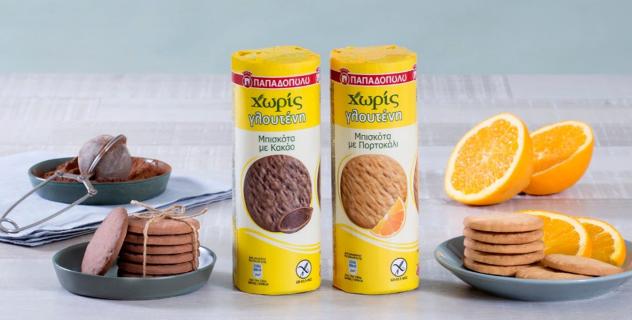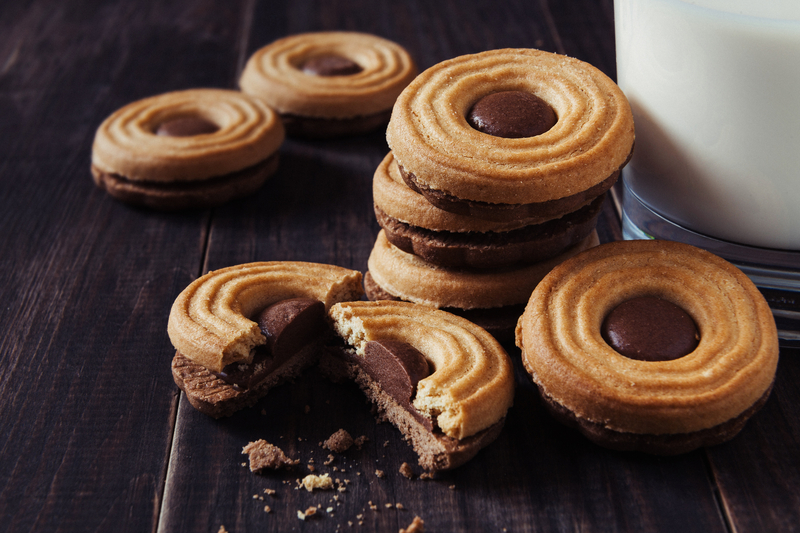Problems with mold and product longevity
Greetings
I am a producer of traditional biscuits made in my country, they consist of a soft dough with about 16% water and 4% fat, a mixture of 2% sunflower oil and 2% palm oil and a layer of fondant on top. All production is traditional and handmade. We do not use any technological systems. I wanted your help to solve the mold problem in the product as I currently do the production in a traditional way and do not use additives. The longevity of my product depends a lot on atmospheric conditions. During summer season the product endures from 4-6 weeks, while during the winter maximum 8 weeks after and if there is no mold it loses its taste and strengthens. I really need your help to make the product durable for at least 6 months to resist mold as well to preserve softness and taste.
I want to emphasize that I have a problem with mold both in the dough and in the fondant.
I would greatly appreciate your advice.
Thank you.

Discover how indigenous sorghum is reshaping biscuit innovation by offering a nutritious, gluten-free alternative to wheat flour.

As AI enters the biscuit industry, automating recipe development and roller design, Errebi Technology Spa reflects on the balance between innovation a...

E.J. Papadopoulos's gluten-free biscuits with orange and cocoa embody the fusion of sumptuous flavour and health-conscious ingredients.

Consolidated Biscuit's Morning Coffee Biscuits offer a unique and delightful way to enhance your morning routine

The next trend we have identified looks at finding that health-halo effect in your products, the correct balance between health and indulgence.











The score is based on the number of created courses at BPA (150 points per course), the number of the lectures given at BPC (100 points per lecture), published articles (20 points for every approved article in Our Experts category ), number of resolved questions (10 points for every resolved question) and the number of asked questions (5 points for every asked question). The list is showing only top 10 biscuit industry experts.


